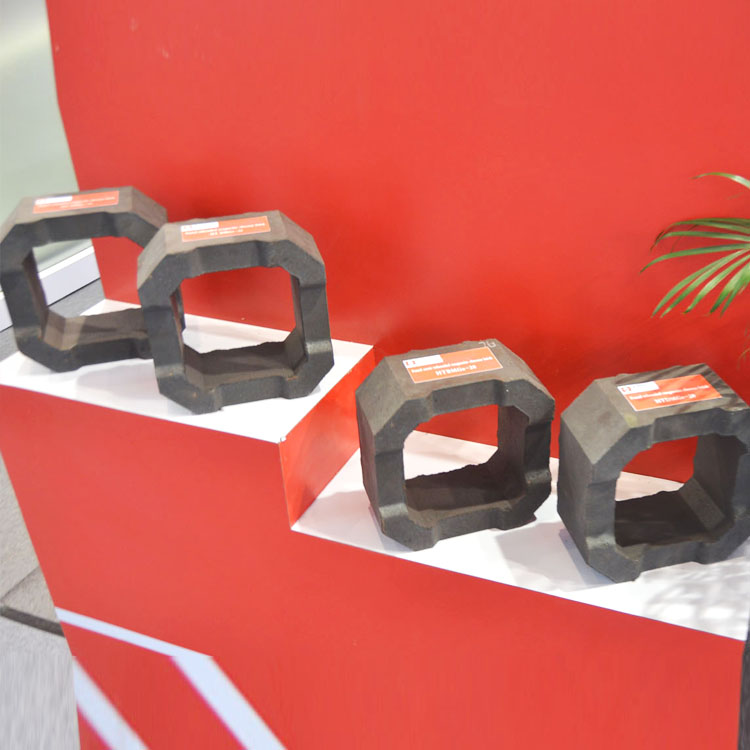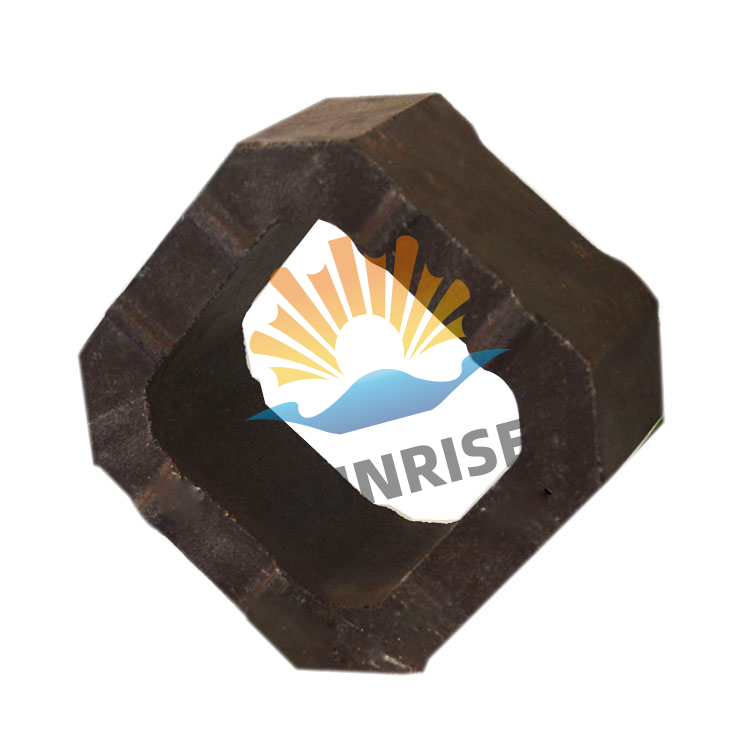.jpg?x-oss-process=image/resize,h_1000,m_lfit/format,webp)
In high-temperature industrial settings, magnesia chrome bricks play a crucial role. Traditional magnesia chrome bricks are typically manufactured through a complex process that involves mixing magnesia and chromite, followed by high-temperature firing. This process helps to form a stable crystal structure, giving the bricks certain heat resistance and corrosion resistance properties.
.jpg)
Non-fired magnesia chrome bricks, on the other hand, are produced without high-temperature firing. They are bound by organic or inorganic binders. While they have the advantage of lower production costs and easier processing, they also have significant limitations. For example, their high-temperature strength is relatively low, and they are prone to deformation and damage under long-term high-temperature conditions, which restricts their application in some high-temperature industrial processes.
Directly bonded magnesia chrome bricks are a significant improvement over traditional and non-fired magnesia chrome bricks. One of their most prominent advantages is their excellent high-temperature strength. Tests have shown that at temperatures up to 1600°C, directly bonded magnesia chrome bricks can maintain a compressive strength of over 50 MPa, which is significantly higher than that of non-fired magnesia chrome bricks, whose compressive strength may drop to around 20 MPa under the same conditions.

In addition, directly bonded magnesia chrome bricks have excellent stability at high temperatures. They are less likely to undergo phase changes or chemical reactions, which means they are less likely to crack or spall during long-term use. This stability ensures a longer service life for the bricks, reducing the frequency of replacement and maintenance.
Directly bonded magnesia chrome bricks have wide applications in various high-temperature industries. In the metallurgical industry, they are used in the lining of steelmaking furnaces, converters, and electric arc furnaces. Their high-temperature strength and corrosion resistance can effectively withstand the erosion of molten steel and slag, improving the efficiency and quality of steel production. In the glass industry, they are used in glass melting furnaces, where they can resist the high temperatures and chemical corrosion of glass melt, ensuring the stable operation of the furnace and the quality of the glass products.

Many customers have experienced the benefits of directly bonded magnesia chrome bricks. A steel manufacturing company in Europe replaced the traditional magnesia chrome bricks in its converter with directly bonded magnesia chrome bricks. As a result, the service life of the converter lining increased from 200 heats to over 300 heats, which significantly reduced the maintenance cost and increased the production efficiency. Another glass manufacturing company in Asia reported that after using directly bonded magnesia chrome bricks in its melting furnace, the quality of the glass products improved, and the frequency of furnace shutdowns for maintenance decreased by 30%.
In conclusion, directly bonded magnesia chrome bricks offer a range of advantages, including high-temperature strength, stability, and long service life. They are an ideal choice for enterprises looking to improve production quality and reduce maintenance costs. By choosing directly bonded magnesia chrome bricks, enterprises can gain a competitive edge in the market.
If you are interested in enhancing your high-temperature production processes and achieving better results, don't hesitate to contact us. Our team of experts is ready to provide you with the best solutions and support. Contact us today and take the first step towards a more efficient and cost-effective production!

